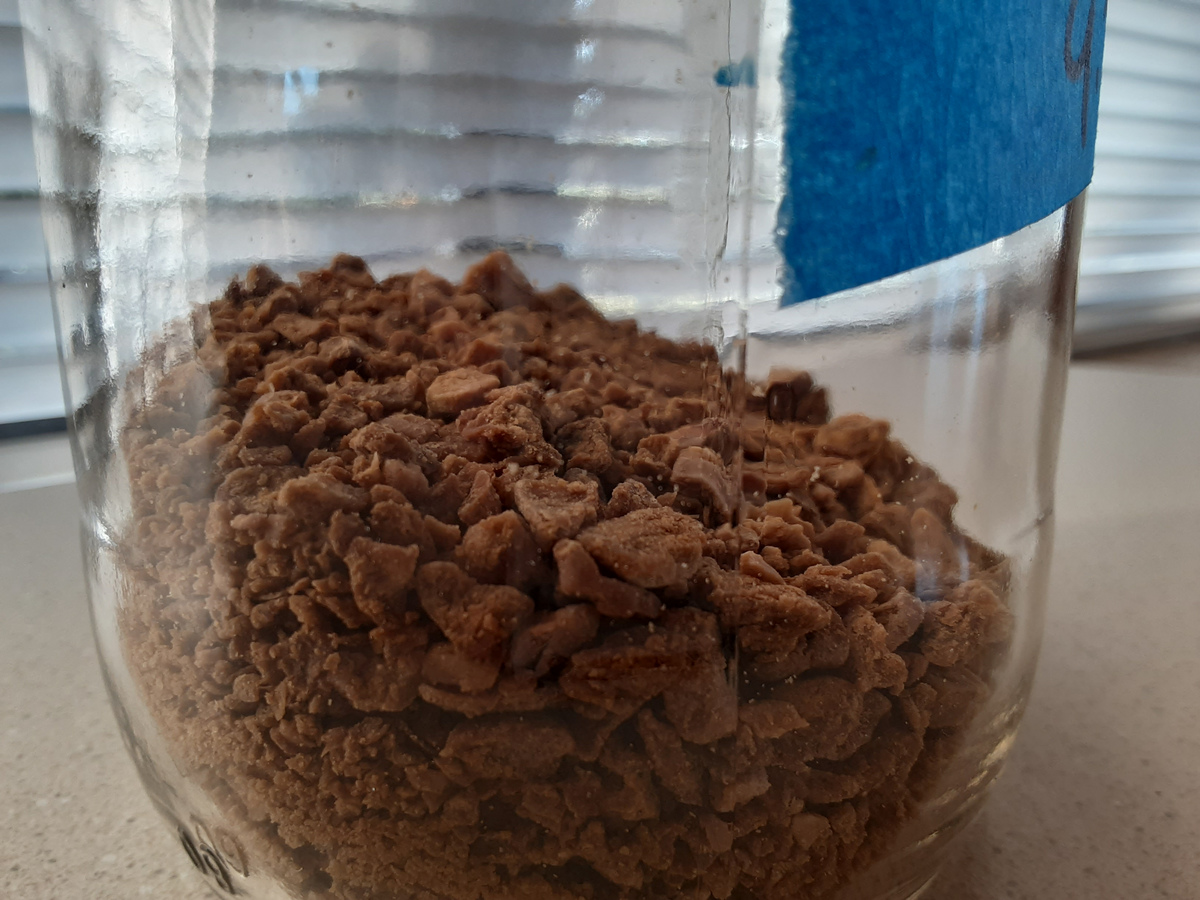I moved during the summer so don’t have a garden harvest this year. Since I don’t yet have a garden at my new place, I had time to forage! Acorns and walnuts are available in late summer to early fall before it starts raining.
Black Walnuts are easy to gather but hard to process
I do eat quite a bit of walnuts and use them in cooking so I gathered a few of the native black walnuts to see how I like them. They were there for the taking on the many public paths. What I didn’t count on was the difficulty in processing.
Processing Black Walnuts
- First you have to soak them and peal off a sticky black gooey substance that clings to the outside of any promising looking walnut.
- After pealing off this sticky goo wash the walnuts in a bucket of water.
- Wear protective gloves (like disposable plastic ones if you have them) because the black sticky substance will turn your hands and everything else a dark brown color (It can be used as a clothing dye too, but I haven’t experimented with this much yet).
- Once they are washed as best you can, place them in a mesh bag to dry. I hung the bag in the garage.
- Once they are fully dry, use a mallet and a pointy metal picker like a crab tool to pick out the meats. This is no small feat. The shells are Very Hard and the meats are difficult to pull out. I used a rock to crack the shells since a mere cutting board was not hard enough to do the trick.
Acorns from Black Oak and Valley Oak
I’ve always been interested to see whether I could make something edible from acorns. They are also readily available on public paths and roads. I learned that the best ones I was collecting were from the Valley Oak and the Black Oak. These Oaks have a bigger acorn than the Coast Live Oak.
Processing Acorns is also time consuming
- I cracked them all open and was able to save about half that weren’t rotted or invaded by insects.
- Next you have to leech the tannin out. There are many methods for doing this and I used the boiling water method. I boiled the acorn meats until, when I tasted them, they no longer had the bitter tannin taste.
- Then, I did a rough grind in a blender and set them outside to dry. I had to finish off the dry in the oven at 170 degree F for about three hours.
- Then, grind them in a coffee grinder to make a fine flour and experiment as you would with any random gluten free flower.
Acorn Pancake Fritters Idea
My first experiment with acorn flour I made a fritter combining the flour with egg, garlic and Parmesan cheese and frying it in butter. It was a delicious experiment!

All the acorns and walnuts are free to forage in my area. Often they are in the road where squirrels and birds don’t go, so I concentrated on those areas.
I used things I already had around the kitchen to process the nuts.
Acorns make a great flour and I will look forward to doing it again. Next time I plan to use a different process for leeching the tannin.
Black Walnuts have a very different flavor than the English Walnuts. Next time I will use them in a muffin recipe.
